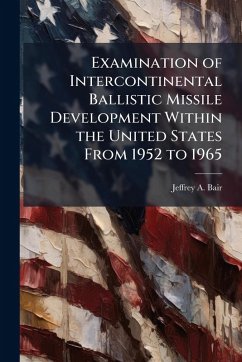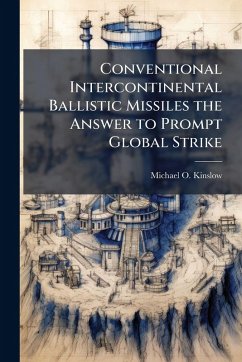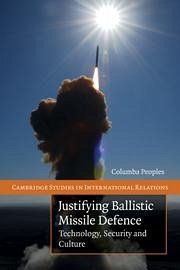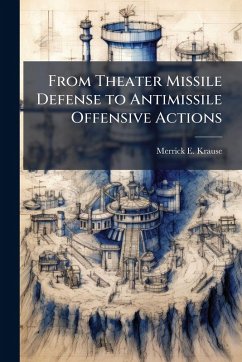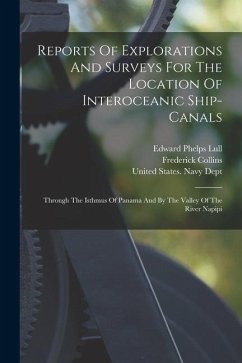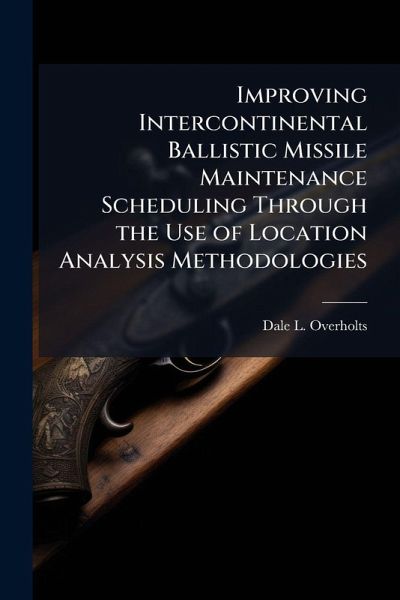
Improving Intercontinental Ballistic Missile Maintenance Scheduling Through the Use of Location Analysis Methodologies

PAYBACK Punkte
9 °P sammeln!
The events of September 11, 2001 raised concerns about our nation's ability to protect its citizens, structures, and resources from the mounting threat of terrorism. As a result, the United States has taken drastic measures to enhance security practices in many facets of our lives. Senior leaders have questioned whether mandated security levels used for nuclear weapons activities are sufficient to protect our nuclear assets from damage, destruction, or theft. These concerns have resulted in major changes to Department of Defense and Air Force security instructions. Security instruction supplem...
The events of September 11, 2001 raised concerns about our nation's ability to protect its citizens, structures, and resources from the mounting threat of terrorism. As a result, the United States has taken drastic measures to enhance security practices in many facets of our lives. Senior leaders have questioned whether mandated security levels used for nuclear weapons activities are sufficient to protect our nuclear assets from damage, destruction, or theft. These concerns have resulted in major changes to Department of Defense and Air Force security instructions. Security instruction supplements have increased the number of security personnel required during nuclear weapon activities and have reduced security response times to possible hostile events at ICBM launch facilities. In light of these security supplements, ICBM maintenance units must explore new methods for developing daily maintenance schedules to sustain current levels of weapon system readiness. This work has been selected by scholars as being culturally important, and is part of the knowledge base of civilization as we know it. This work was reproduced from the original artifact, and remains as true to the original work as possible. Therefore, you will see the original copyright references, library stamps (as most of these works have been housed in our most important libraries around the world), and other notations in the work. This work is in the public domain in the United States of America, and possibly other nations. Within the United States, you may freely copy and distribute this work, as no entity (individual or corporate) has a copyright on the body of the work. As a reproduction of a historical artifact, this work may contain missing or blurred pages, poor pictures, errant marks, etc. Scholars believe, and we concur, that this work is important enough to be preserved, reproduced, and made generally available to the public. We appreciate your support of the preservation process, and thank you for being an important part of keeping this knowledge alive and relevant.



